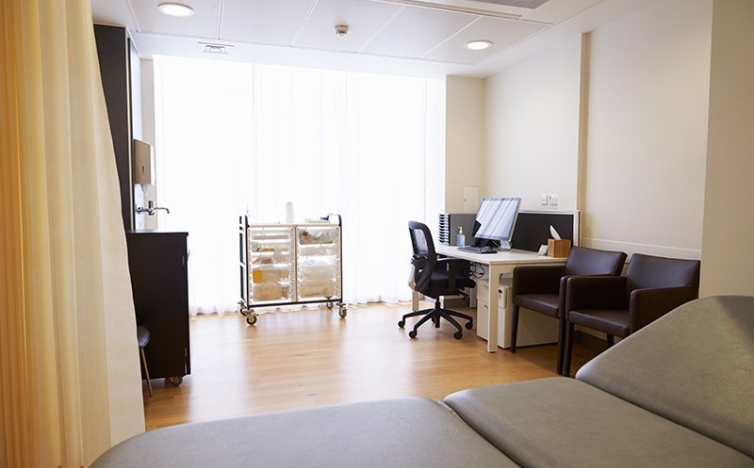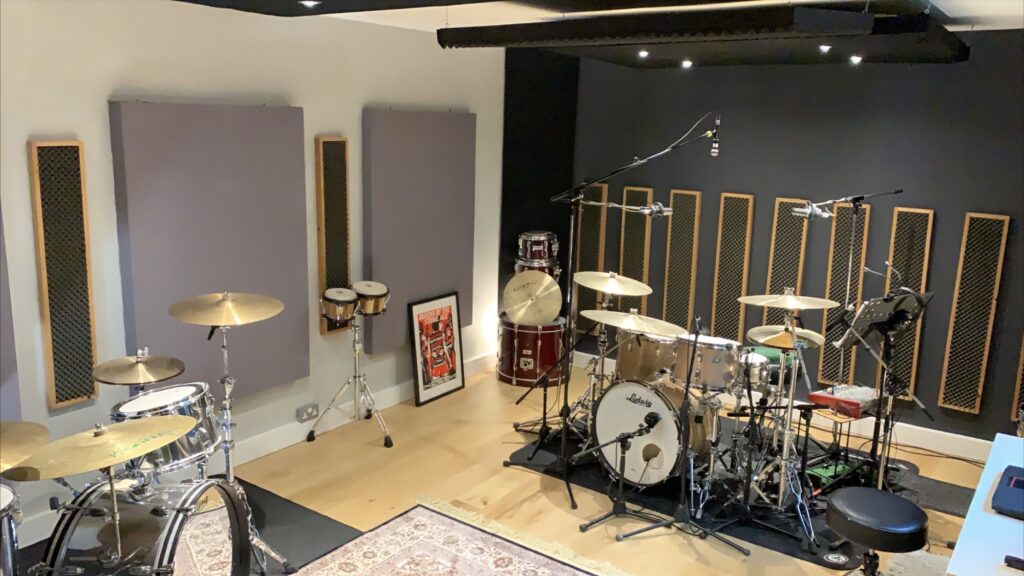In healthcare environments, noise can negatively impact a patient’s ability to rest and recover. Soundproofing patient rooms is essential to creating a quiet, healing space, which can improve both patient outcomes and overall comfort. This guide explores effective soundproofing strategies for patient rooms.
Importance of Soundproofing in Healthcare Facilities
Hospitals and healthcare facilities are often noisy, with sounds from medical equipment, staff conversations, and foot traffic disrupting patients. Studies show that reducing noise in patient rooms improves sleep quality, reduces stress, and accelerates recovery. Therefore, soundproofing becomes a critical element of hospital design.

Identify Noise Sources in Patient Rooms
Before implementing soundproofing solutions, it’s important to identify the main sources of noise. Common disturbances in hospitals include:
- Medical equipment noise (ventilators, monitors)
- Hallway conversations
- Foot traffic and cart movement
- External sounds from adjacent rooms or floors
By understanding where the noise comes from, you can tailor soundproofing solutions more effectively.
Install Acoustic Panels on Walls
Acoustic wall panels are one of the most effective tools for absorbing noise. They reduce sound reverberation and echo, making patient rooms quieter. Panels can be installed on walls, especially those adjacent to high-traffic areas, to absorb unwanted noise. Choose panels made from high-density materials for maximum noise reduction.
Use Soundproofing Doors
Doors are a significant weak spot in soundproofing. Replacing standard hospital doors with soundproof acoustic doors can block noise from hallways and other patient rooms. Ensure the doors have a solid core and tight seals around the edges to minimize sound leaks.
Install Acoustic Ceiling Tiles
Ceiling noise, often from floors above, can disturb patients. Acoustic ceiling tiles are effective at absorbing sound from overhead. Hospitals can replace standard ceiling tiles with acoustic options that dampen noise and prevent it from traveling between rooms.
Soundproof Windows for External Noise
Windows can be a source of external noise, especially in urban hospitals or facilities near busy streets. Acoustic laminated glass windows significantly reduce noise from outside. These windows use layers of soundproofing material to block external sounds, helping patients rest peacefully.
Apply Mass Loaded Vinyl to Walls and Floors
Mass Loaded Vinyl (MLV) is a flexible yet dense material that can be applied to walls, floors, and even ceilings. MLV acts as a sound barrier, blocking noise transmission between rooms and floors. It’s especially useful for healthcare facilities where room-to-room privacy and noise control are essential.
Use Carpets or Rugs for Floor Soundproofing
Hard flooring like tiles and linoleum can amplify noise from footsteps and rolling carts. Installing carpets or rugs in patient rooms can help absorb these sounds, reducing noise levels. For areas where carpets are impractical, consider anti-vibration mats under medical equipment.
Seal Gaps and Cracks Around Doors and Windows
Small gaps around doors, windows, and ventilation systems can allow noise to enter patient rooms. Use acoustic caulking to seal cracks and gaps, which helps prevent sound leaks. This simple, affordable solution can significantly reduce noise intrusion.
Optimize Layout and Design for Noise Reduction
The layout of a patient room can also impact noise levels. Placing beds further from doors or windows can reduce the amount of direct noise reaching patients. Additionally, placing noisy medical equipment in sound-dampened areas can help minimize disturbances.
The Benefits of Soundproofing Patient Rooms
Soundproofing patient rooms not only improves rest and recovery but also enhances privacy. Patients and their families will feel more comfortable knowing that conversations and medical information remain private. For healthcare staff, a quieter environment can improve focus and reduce stress.
Call us: Contact Waseem Technical Soundproofing Expert in Dubai For Soundproofing: +971 50 209 7517
By implementing soundproofing solutions in patient rooms, healthcare facilities can create a quieter, more healing environment. Whether it’s through the use of acoustic panels, soundproof doors, or noise-blocking windows, these strategies can contribute to better patient outcomes and overall satisfaction.




